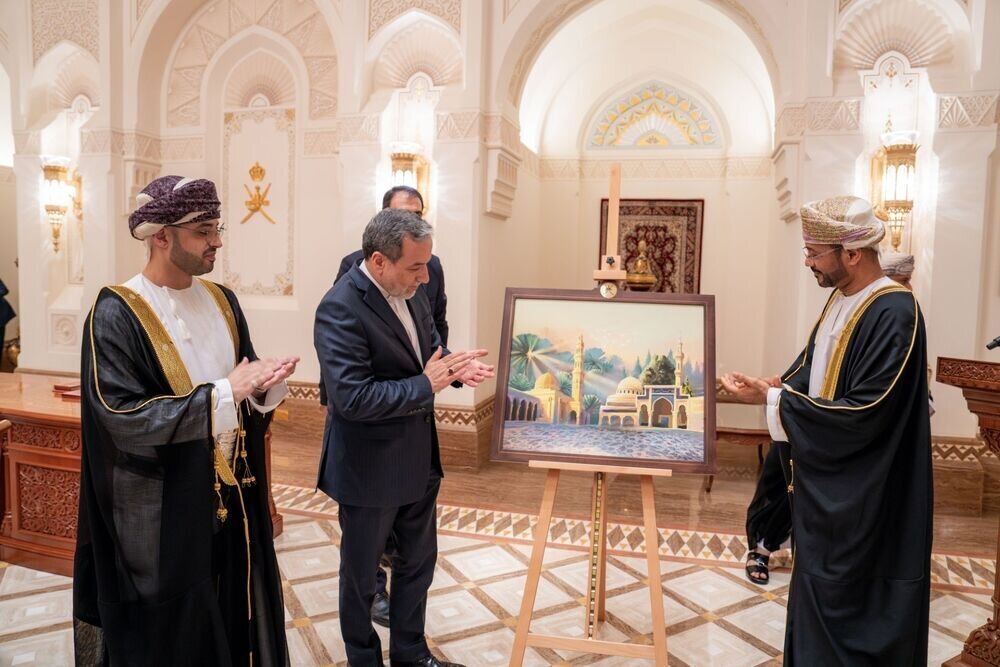
Similar Posts

Iran Set to Revive Offshore Oil Exploration After Six-Year Hiatus
Iran plans to resume offshore oil and gas exploration after a six-year hiatus, driven by competition from regional neighbors like Saudi Arabia and the UAE, who have made significant discoveries. The National Iranian Oil Company announced the signing of a contract for an offshore exploration rig, with operations expected to start by 2025. However, Iran faces challenges, including a shortage of operational rigs, financial constraints due to US sanctions, and the high costs of offshore drilling. Currently, Iran lags behind neighboring countries in production, particularly in shared fields, where it extracts significantly less oil and gas compared to its competitors.
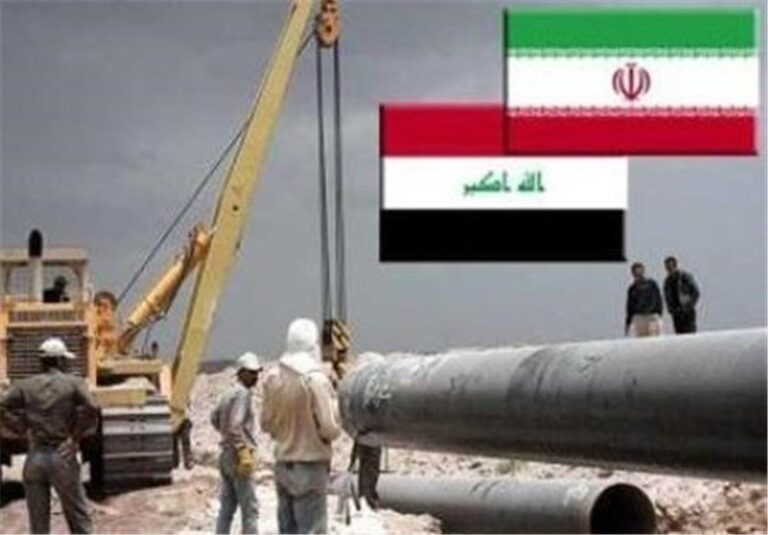
Iraqi Expert Warns: No Substitute for Iran’s Imported Gas in Energy Landscape
In a recent Iraqi television discussion, energy expert Heitham Naimi emphasized Iraq’s heavy reliance on Iranian gas, stating there are no viable alternatives currently available. Iraq imports 1,800 cubic meters of gas daily from Iran, underscoring its critical role in meeting energy demands. While Qatar is geographically close and could supply gas, infrastructural limitations prevent such imports. Naimi’s insights highlight the urgent need for Iraq to develop robust infrastructure and diversify its energy sources to enhance energy security. The ongoing dependency on Iranian gas poses risks that must be addressed to ensure economic stability and navigate regional geopolitical challenges.
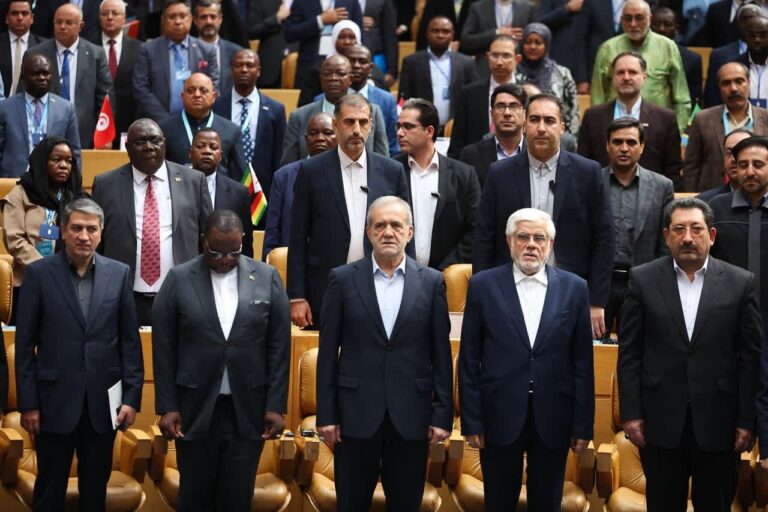
Iran-Africa Economic Cooperation Conference Launches New Era of Trade and Investment
The Third Iran-Africa Economic Cooperation Conference is taking place in Tehran, gathering high-ranking officials and private sector leaders from Iran and Africa to explore economic opportunities and strengthen ties. Organized by Iran’s Ministry of Industry and Foreign Affairs, the conference commenced on April 27 and includes a visit to Isfahan to showcase Iran’s industrial capabilities. Concurrently, the IRAN EXPO 2025 will run from April 28 to May 2, highlighting Iran’s export potential. This event aims to enhance trade relations, share expertise, and foster diplomatic and cultural exchanges, ultimately paving the way for increased collaboration and sustainable development between Iran and African nations.
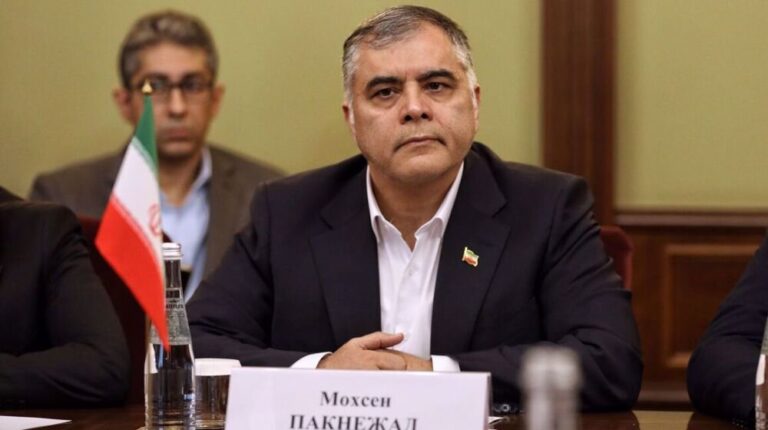
Russia Invests in Iran’s Future: Major Funding Secured for Nuclear Power Plant Construction
Iran and Russia have reaffirmed their commitment to cooperating on peaceful nuclear energy use, including the construction of new facilities and completing phases two and three of the Bushehr power plant, as announced by Iranian Minister Paknejad in Moscow. Key agreements from the 18th Joint Economic Cooperation Commission meeting include enhanced collaboration in oil and gas industries, expedited gas import plans with Gazprom, and development in the petrochemical sector. A newly ratified 20-year strategic partnership agreement between Iran and Russia further solidifies their alliance across various sectors, signaling potential shifts in energy security and regional stability.

Tehran and Baku Experience 20% Surge in Trade Over the Past Year, Says Official
Recent talks between Iran and Azerbaijan showcase their burgeoning economic partnership, highlighted during the 16th Iran-Republic of Azerbaijan Joint Economic Commission meeting. Trade exchanges surged to $580 million in 2024, a 20% increase from 2023’s $480 million, signaling strong future collaboration potential. Key discussions included the operational status of the Astara Border Bridge and the nearing completion of the New Aghband Bridge, aimed at improving trade routes. Emphasizing energy cooperation, the agenda covered electricity, oil, gas, and banking. This partnership reflects a commitment to enhancing connectivity and trade efficiency, promising mutual benefits for both nations.
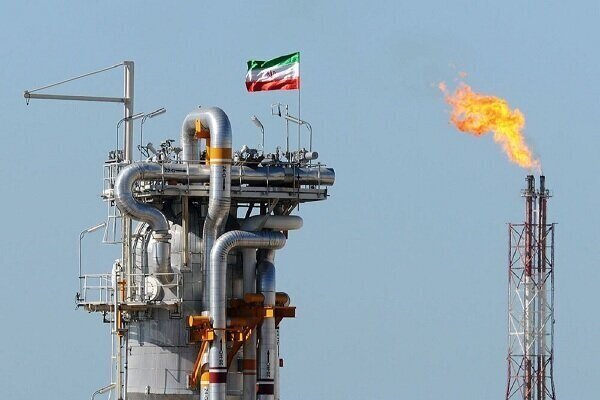
Iran Rises as World’s 3rd Largest Natural Gas Producer: What This Means for Global Energy Markets
Iran’s gas supply network, covering over 95% of the country, is among the world’s most extensive, surpassing the U.S. and Russia’s coverage. Its pipelines stretch significantly more than the distance to the Moon, showcasing Iran’s engineering capabilities and energy sector importance. While the network supports economic development and energy security, a projected gas deficit of 373 million cubic meters by 2027 highlights the need for ongoing investment and adaptation to market competition and environmental regulations. Despite challenges, Iran’s infrastructure positions it as a key regional energy player, crucial for both domestic needs and international relations.